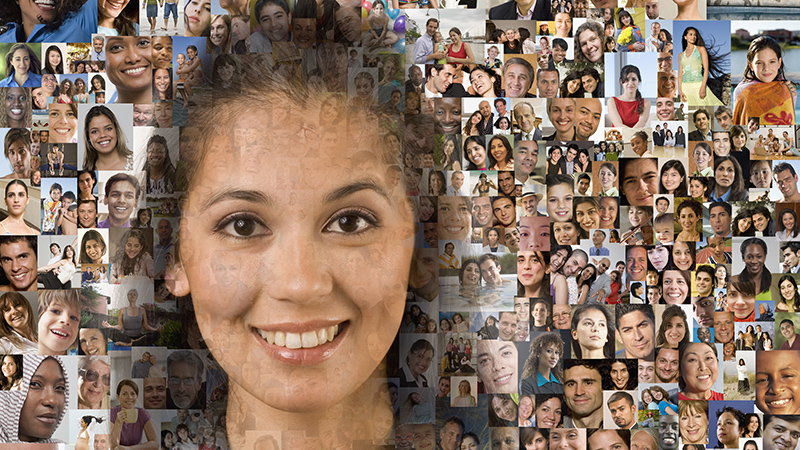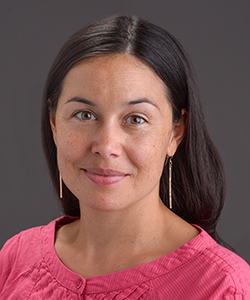
A University of Missouri School of Medicine researcher is investigating whether training techniques can help medical school students understand and treat indigenous patients better.

In previous research, Melissa Lewis, PhD, an associate professor in the Department of Family and Community Medicine, found indigenous populations in the U.S. face barriers to quality health care and have worse outcomes as a result. Combining that knowledge with statistics showing less than 1% of current U.S. doctors are indigenous, according to the American Association of Medical Colleges (AAMC), Lewis recognized a need to improve patient-provider interactions and reduce bias toward indigenous patients.
“It’s an issue because when providers are not knowledgeable about this population, they rely on bias and stereotypes,” Lewis said. “And that’s a problem because we know the way providers treat indigenous people — whether it be unconscious or conscious bias — discrimination is a contributor to the health disparities native people face and ultimately leads to poor health care outcomes.”
For this research, which was published in the journal Medical Science Educator, Lewis developed and tested a curriculum to improve first-year medical students’ indigenous health knowledge at the University of Minnesota Medical School-Duluth campus, which is located in a state with eleven Anishinaabe and Dakota reservations. The lessons included seven hours of coordinated lectures with two cohorts totaling 111 medical school students. The students took assessments before the lectures, immediately afterward and six months later. The results showed the lectures significantly improved the students’ indigenous-specific health knowledge immediately after the training and six months later, but more detailed learnings related to social justice, ethnocultural empathy and cultural humility required more immersive training.
“Seven hours of lecture is not enough for someone to think about the world differently and to see inequity they couldn’t see before,” Lewis said. “Student-run classes and experiential classes where students can interact with community members and learn about health in the actual environment instead of in a classroom would be an ideal way to further enhance this learning.”
Lewis is now focused on making this effort more far-reaching by developing a customizable indigenous health toolkit for hospitals, doctors and nurses to learn the skills taught in the lectures, with an added component that takes into account the unique traits of indigenous tribes native to each region.
“It’s important for all medical schools-and especially those in a region or state with a significant indigenous patient population-to add this curriculum,” Lewis said. “It’s critical to prepare doctors to work with indigenous people, because we now know the way indigenous patients are treated can ultimately affect their health.”





